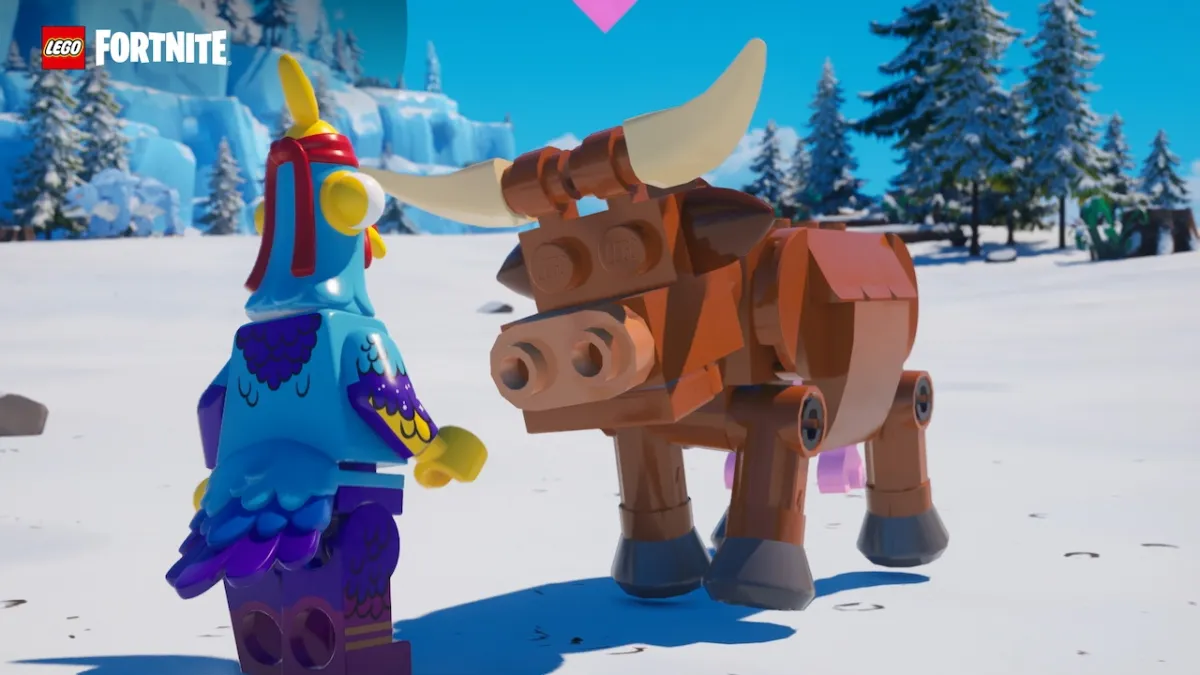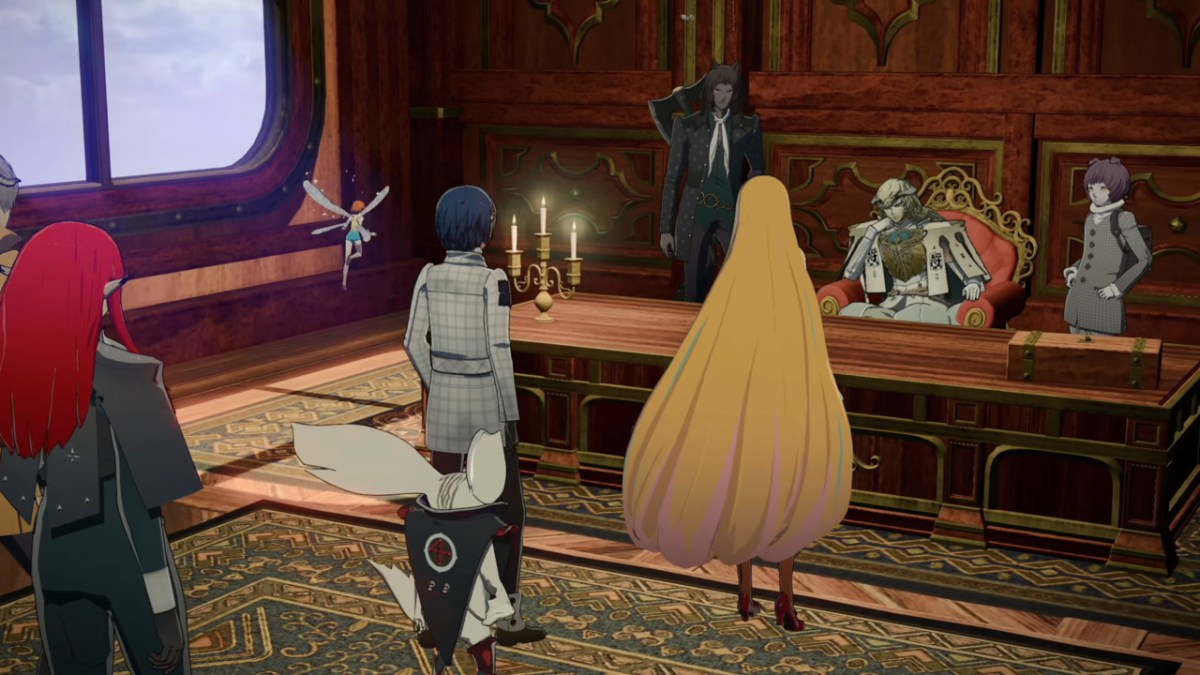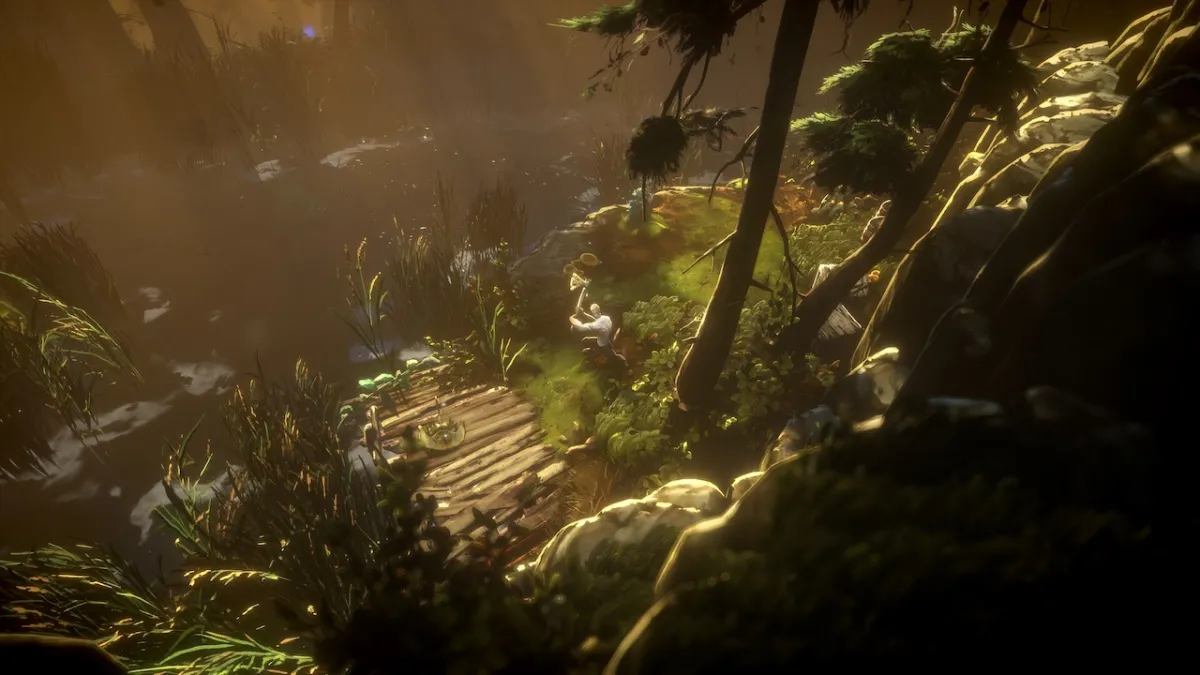
If you’re wondering exactly how Dota 2‘s The International 2014 tournament is going to play out, Valve have you covered.
A new post on the Dota 2 blog has, with the aid of all sorts of flowcharts and visual aids, explained exactly how The International is going to proceed. I’m going to do an incredibly poor job of trying to explain it here, but when you get confused and frustrated with my explanation, you can always wander over there to see an explanation directly from the horse’s mouth.
Okay! So, the first stage – now completed – was the Regional Qualifiers. This involved 41 teams competing across four regional groups, with one winner and one runner-up from each group advancing to the playoffs.
Stage two has 19 teams flying out to Seattle for said playoffs. There are the 11 invited teams – Alliance, Cloud9, Team DK, Team Empire, Evil Geniuses, Fnatic, Invictus, Natus Vincere, Newbee, Titan eSports, and Vici Gaming – as well as the four winners (Na’Vi US, Arrow Gaming, LGD Gaming, and mousesports) and the four runners-up (Team Liquid, MVP Phoenix, CIS Game, and Virtus.pro).
The playoffs will last from 8 July to 14 July, and will determine which eight teams will proceed to the main event. First, the four runner-up teams will play in a Wild Card best-of-three tournament; the winner of this will advance to the second phase of the playoffs. Phase two sees each of the remaining 16 teams playing against each other once between 9 July and 12 July: the bottom six teams are eliminated, the top two teams proceed directly to the main event’s upper bracket, and the middle eight teams enter playoff phase three.

Maybe it’s because it’s late, but this actually took me a moment to figure out.
Phase three of the playoffs is where things get a bit more complicated. This has the eight teams divided into two separate brackets, seeded based on their performance in phase two. Basically, the 10th team will play the 7th team; whoever wins this will play the 6th team; whoever wins this will play the 3rd team. Whoever wins that final game proceeds to the main event. The same thing happens in the other bracket with the 9th team playing 8th, then the winner playing 5th, and the winner of that playing 4th. Whoever wins that also proceeds to the main event.
Still with me? Good, because we’re in the home stretch – stage three, the main event. 18 July to 21 July will see eight teams fight it out in a double elimination tournament, in best-of-threes. Four teams go into the upper bracket, and the losers of those initial matches then go into the lower bracket; those who lose in the lower bracket are eliminated from the tournament outright. The Grand Finals is fought as a best-of-five match between the winner of the upper bracket, and the winner of the lower bracket, and then someone takes home an obscenely large amount of money. Well, obscenely large for e-Sports. For physical sports it’s pretty much pocket money.
So there you go. Once again, you can see this described in probably better detail over on the Dota 2 blog. And now I really want to write something about Dota 2 again, so maybe there’ll be another guide coming.




